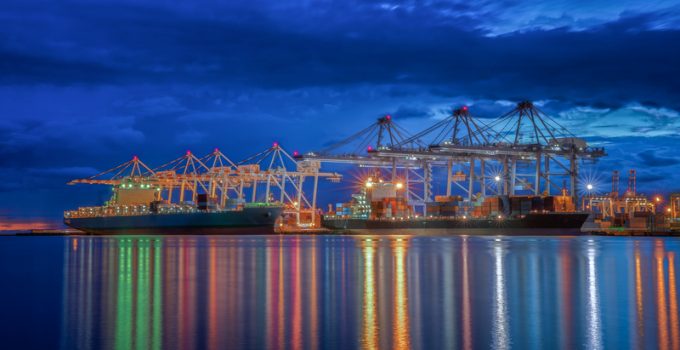HutchWatch: Beijing's ire and Singapore's dilemma
More to come…

Container ports should spearhead an “Internet of Logistics” to tackle inefficiencies in global container supply chains.
According to PSA International chief executive Tan Chong Meng, a “connected community” beyond the scope of Internet of Things (IoT) technology is needed to improve data sharing.
“Our first ’container port ...
Keep our news independent, by supporting The Loadstar
Four crew members still missing as Wan Hai 503 continues to burn
Explosions and 'out-of-control' fire reported on Wan Hai box ship
Carrier price hikes hold, driving spot rates higher as space gets scarcer
Crew forced to abandon ship in latest fire on vessel carrying EVs
The Loadstar Podcast | Transport Logistic and Air Cargo Europe 2025
Transpacific rates ease as capacity boost proves too much for trades to digest
Turkish Airlines falls foul of air safety regulations, claims India's aviation authority


Comment on this article